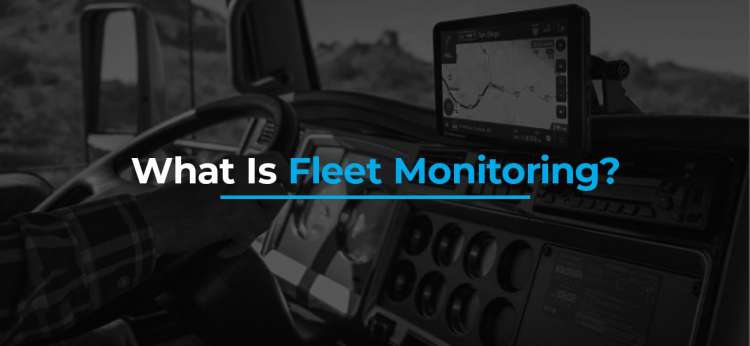How to Implement Fleet Management Solutions Effectively
Fleet managers need a way to organize their fleet information and data. An established system stores data in a way that is useful for reference or analysis to improve your business. One of the best solutions available is a fleet management system, which tracks and monitors your vehicles, storing data in a central place. These systems make it easier to manage and update your fleet so you can be more efficient and reduce your operational costs.
Implementing your fleet management platform involves installing the application in all of your vehicles and training your drivers on how to use this technology. Whether your fleet is large or small, you need to know how to implement fleet management software in a way that makes the transition as smooth as possible. With an experienced partner by your side throughout the process, a fleet management system can improve your business operations. It will help shift your technology processes and workflow, boosting your work culture.
Some common challenges that may come up during your implementation include lack of communication, failure to inform employees of these changes, and inadequate training. Being aware of the potential issues helps you plan for them. These best practices for implementing fleet management solutions will make your operations more efficient and transparent, because your team will be in sync.
Based on our experience implementing software with many clients, we have several best practices for how to implement fleet management solutions. Follow these four tips to help make your implementation process successful.
Best practices for implementing fleet management software
Here's our top tips for how to implement fleet management software.
1. Get buy-in from both leadership and drivers
Making sure that your leadership team and drivers accept the new platform is key to its implementation. Leadership buy-in means that your project timeline and goals will stay on track, so there are minimal delays and clear communication. Throughout the project, the executive team can provide access to resources that keep the project going so you can reach your milestones.
Involve your drivers in the new changes by highlighting the benefits they will experience and the reason for switching to the fleet management application. Advantages may include higher driver retention, better efficiency, or improved safety. Understanding the reasons for the change and how their experience will be better helps drivers buy in to the fleet management system and have less conflict with management.
2. Set your goals and determine metrics
What metrics matter to your fleet and company? Setting goals based on your improvement areas will help your company grow. Metrics are valuable in understanding the impact of your fleet management solution implementation.
For example, cost per mile will tell you about driving costs and how your fleet operates. Comparing these metrics before and after the implementation will help you make data-driven decisions that can improve your fuel economy and reduce fuel costs. Using your fleet management platform to keep track of figures and calculations can make budgets more accurate.
3. Create an implementation plan and timeline
Once your leadership and drivers have accepted your fleet management platform and you've set your goals, it's time to create a timeline for implementation. Your plan should be realistic and achievable, so you can meet your go-live date. The timeline will keep your team organized so your implementation is successful. Identify milestones and check your team's progress to keep the momentum going.
4. Educate and train your team
After your fleet management platform has been installed, train your team on how to use it. If your company is small, consider giving your drivers user permissions to enter information for their own vehicle. With many fleet management platforms, data entry can be done from nearly anywhere, including the vehicle. Stress the importance of inputting accurate mileage information since it can affect things like service schedules and miles per gallon calculations.
Request a product demo today
Rand McNally has developed products for commercial transportation for more than 80 years. Our leadership and experience in the industry is why we're known for best-in-class truck navigation and economical tracking options for small and large fleets. Throughout your fleet management implementation process, you can rely on Rand McNally's knowledge and expertise. When you choose us as your partner in fleet management solutions, our staff will be available 24/7 for service and support.
Browse our fleet management solutions and request pricing information or a product demo today.
Contact Rand McNally
Request Pricing for Fleet Solutions
We're looking forward to talking with you. Please fill out the form to get started.
Or call us:
+1 (800) 789-6277 (Fleet management, ELD, Asset tracking, Navigation)
+1 (800) 234-4069 x2 (MileMaker/IntelliRoute)
If you are an existing customer and need assistance, please contact your Client Success rep or email fleetsupport@randmcnally.com.
This form is for business-to-business transactions only. It is not for personal consumer use.


